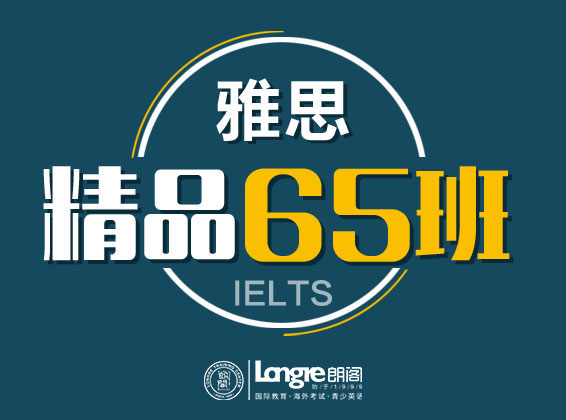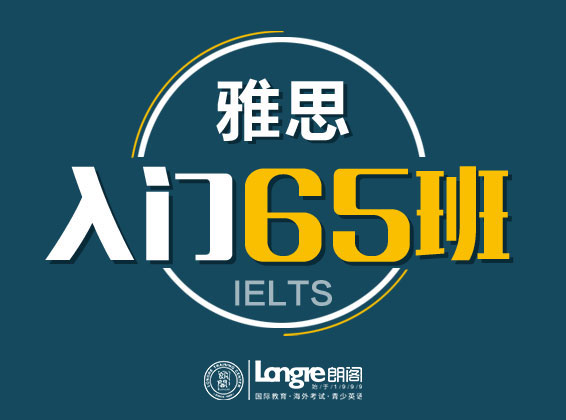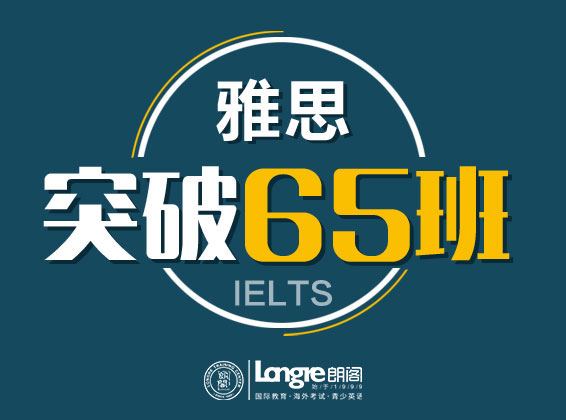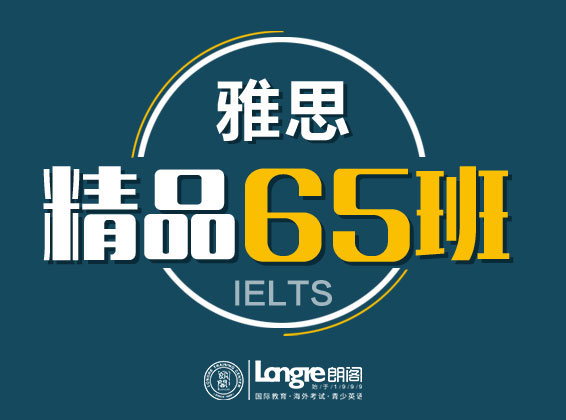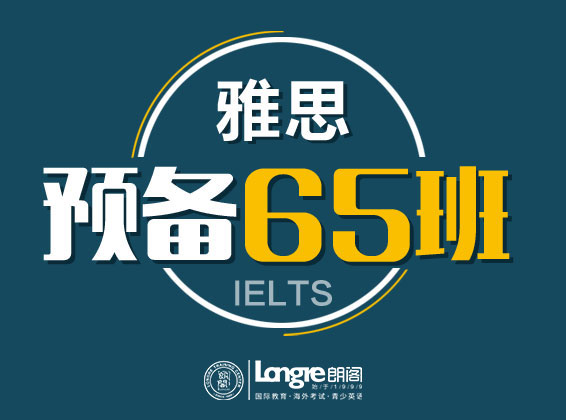|
雅思考试回顾20181020期
口语回顾-谈碧君
Part1题目汇总(加粗题为高频题)
Work or studyHome/accommodation
hometownCities
shoesSave money
Rainy dayssunglasses
sportsmovies
Morning routinespainting
weatherplants
Park/gardentransportation
map colors
cookingholiday
Being boredDrink water
teachersmusic
Part2题目汇总(加粗题为高频题)
人物类:
Describe a popular comic actor/actress in your country
Describe someone who is talkative

地点类:
Describe an indoor or outdoor place where it is easy for you to study
Describe an interesting place of your country
物品类:
Describe an activity you would do when you are alone in your free time
Describe something you own that you want to replace
Describe a language you want to learn (not English)
Describe an interesting job that you want to have in the future
Describe an interesting talk or lecture
Describe an interesting animal
Describe a time that you wore a type of clothes for a special occasion
事件类:
Describe a time when you borrowed something from your friends or family
Describe a time when you received money as a present
Describe something you do to keep you concentrated
Describe an important decision made with the help of other people
Describe a time that you had to change your plan/mind
Describe a complaint that you made and you were satisfied with the result
朗阁名师谈碧君点评
Part 1:本场考试part 1 题库基本稳定,除了高频常规题例如:work or study,accommodation,hometown之外,也保留了一些上个季度的题型,例如:shoes, save money, rainy days等,另外一些新题型的频率明显增加,例如:sunglasses, morning routines但这些话题都和日常生活有关,同学备考时还是需要积累日常词汇,拓展思维练习。
Part2:事件类和物品类话题依旧占据主流地位,但答题时需要注意切合问题的关键词,避免讲准备的材料生搬硬套。在回答问题时要注意逻辑条理,词汇方面注意替换词的使用,语法注意过去时态的表达,切勿粗心大意。
考试建议:part1考查日常话题,每题回答大约20秒,切勿兜圈子,直接回答问题即可。
Part2考查考生的整体口语表达能力,要求词汇多样、逻辑清晰、描述充分,而part3是对part2话题的延伸考查,做到论证充分合理即可。
听力回顾
场景话题:
S1 保险索赔/ S2 阳台种植 / S3 跨城桥建设讨论/ S4 澳洲海豚
题型设置:
S1填空(新题)/ S2单选+搭配(新题) / S3单选+搭配 / S4 填空
朗阁名师周娟娟点评
本次考试场景为两旧两新,难度中等偏上。
易错词:本场考试单词拼写很简单。比如: climate, environment,supermarket,hunting等均可以在听力高频场景词汇中找到。但是填空题仍然要注意单词格式、单复数、大小写等问题。本场考试随着配对题题量变多,而难度有所提升。选择与填空题比例仍为20:20,题型仍然比较常规化:多选,单选,配对,填空。
参考剑桥练习:剑8Test3S3,剑9Test1Section4,剑10Test2S2,
备注:在接下来的备考中,选择题(尤其是单选和配对)仍然是重中之重,同时加强多留意多选题的练习!考生们可以选取剑桥真题的类似组合着重训练,记得多总结以及同义替换的积累!在练习听力的过程中,由于s3的难度有所提升,注意适当提高语速。
考试预测
1. 场景方面:场景方面依旧是主流场景(咨询、旅游、课程讨论、讲座),在接下来的考试中,考生还应将重点放在S1咨询,面试,S2旅游,活动及公共场所设施介绍,S3课程讨论及论文写作,S4动植物,环境,历史,学术等各类学术讲座。
2. 机经:如需参考机经,以2011-2015年机经为主。
写作回顾
小作文:静态柱状图
大作文:It is increasingly expensive to keep museums open to public. What do you think is the best way to fund them? (the government, businesses or individuals?)
朗阁冯婵娟点评:
1. 本次考试Task 1是柱状图,图中表明了一家医院的不同病房和病人认为医院经历“非常好”的百分比。
2. Task 2题型开始改变,这种题型很久没有出过了(剑四之前),考察资助博物馆最好的方式,总体难度中等。
3.整体分析:
Task 1: 静态柱状图。静态图重点在于最值,最高值和最低值。数据分析时注意哪种类型的病房满意度最高,哪种类型的病房满意度最低。然后注意最满意的单项服务是什么,最不满意的单项服务是什么。
注意点:1.注意时态(没有时间用一般现在时);2.注意多用同义表达;3.写作时注意对比。
相关表达:
对比(by contrast; however; while)
最大值:
数据作主语
The proportion of + 对象 is the highest.
对象作主语
对象+ takes up the largest proportion
最小值:
At the bottom is…, which takes up + 百分比.
比较(有差异)
Compared with A, B has a higher percentage.
A is second to B. A仅此于B
Task 2: 社会类(博物馆资金来源)
题目翻译:博物馆向公众开放耗资愈贵。你认为资助博物馆最好的方式是?(政府,企业或个人?)
题目解析:
今天的作文题是很久未考察过的题型。考察的是博物馆资金来源。做题时首先注意审题,关键词是博物馆、向公众开放和最好的方式。考虑资助方式之前,我们需要考虑的是博物馆开放受益者是谁?向公众开放意味着博物馆维护的受益者是公众,当然在企业和政府工作的人也是公众的一份子。对于企业来说,尤其是旅行社和文创公司会受益。此外,博物馆的教育功能和娱乐功能可以增强公众的历史文化知识和促进当地旅游业发展(从而带来经济效益),因此对于政府来说,可以在教育和经济管理中获益。
越是受益越有动力资助,资助越多,博物馆管理得越好,受益者越多,越容易获得更多的资金。这是滚雪球效应。
因此,考虑上述因素,这道题貌似问的是资助博物馆最好的方式,实际上问的是如何能够筹集到最多的钱又不伤害公众利益。政府的资金来自哪里?企业和个人的税收。
这道题相对来说可以从中至少选择2种方式结合,不要被“最好”这个词迷惑。当然,这道题也可以将三种方式结合成为五段式,下面给大家提供一些思路,以供参考。
一、开头段观点:
我认为资助博物馆可以借助政府的支持,依靠与企业尤其是旅游行业和文创行业的合作以及可以接受个人的捐赠。I support that the best way to fund the museums is to draw support from government, cooperate with businesses especially in tourism as well as cultural and creative industries, and accept donations from individuals.
二、中间主体段落:
(一)博物馆可以从政府得到稳定的资金支持。Museums can be funded mainly by government because of its stability. 政府资金的优势在于稳定,因为政府的资金来源于企业与个人的税收,不容易随着市场经济的变化波动太大。博物馆历史文物众多,需要长期稳定的资金投入去维护这些精致脆弱的物品。如大英博物馆的瓷器和古籍。
(二)博物馆可以与企业尤其是旅游公司和文创公司合作,实现共赢。Museums can cooperate with businesses especially tour and stationery corporations, leading to win-win results. 这种资金类型的优势在于增长快。互联网时代,传统博物馆可以求变取胜,也就是通过合作实现与企业的受益共同增长。以博物馆与文创行业的合作为例,国际合作有大英博物馆与晨光文具,通过品牌联合销售策略提高销售额。当地合作有故宫博物院在淘宝开店卖文创产品,不仅普及历史文化知识(产品介绍里包含历史文化典故),而且获得不俗的经济效益(参考最新数据,数据来自故宫博物院官网:粉丝数136万,销售量最高的产品月销售量为1982次)。
(三)博物馆可以接受个人的捐赠。Museums can take gifts from individuals because personal contribution can also be a big help. 这种资金的优势在于积少成多。只要个人愿意,并且有一定的经济能力,那么自愿捐赠通过长期积累也会很可观。此外,很多愿意捐赠的个人本身就是企业经营者,对这些人来说,因为博物馆的教育功能,所以捐赠博物馆也可以算作慈善的一种,是对社会的一种回馈。
三、结尾
In conclusion, museums are best to be funded by government, invested by businesses especially tour and stationery corporations, and donated by individuals.
考试预测:
1.小作文:重点关注动态图(饼图、柱图)、静态图(饼图、表格为次重点,适当关注流程图)。
2.大作文:教育、社会类以及科技类仍然是关注的重点,同时环境和政府类是次重点。
3.重点浏览13年和15年的写作机经,可借助《高分范文书》第7和第8版经典旧题来复习话题思路,同时参考考官范文来复习结构和语言。
阅读回顾
P1 Keep a Watchful Eye on the Bridges桥梁检测 (20091107旧题重现)
P2 Fabric and Fiber人造面料和纤维
P3 Linguistics Studies 语言考古
朗阁教师冯昳点评
1. 本次考试整体程度中等。
2. 整体分析:涉及科技(P1和P2)和人文类(P3)
3. 主要题型:这一场考试在题型上仍然延续了今年考试的重点,主流基础题型依然为填空类和判断题。其中,填空类达到8题,且一篇为集中出题的图表题型,另一篇为Summary题型,总体来说难度偏低。此外,判断题则保持近期一贯两组10题左右出题风格,P2—T/F/NG(5道)以及P3—Y/N/NG(4道)。此外,在本场考试中,今年大热的乱序匹配题与考察理解的选择题数量非常多,达到了10月份的巅峰。其中,三篇文章都出现了匹配题(13道),P1和P3出现了选择题(10道)。应该来说乱序和理解题目的增加无疑增加了考试的难度。但是由于第一篇与第二篇的难度较低,所以从总体来说,此次考试的难度中等。
P1 Keep a watchful eye on the bridges
文章主旨:如何利用技术来检测桥梁的损坏程度
选择4 + 图表填空4 + 配对5
参考答案:仅供参考
选择题 1-4
1.D
2.C
3.C
4.B
图表填空题 5-8
5.microwave dish
6.accelerometers
7.steel girders
8.flange
配对题 9-13
9.C
10.H
11.G
12.B
13.E
参考原文:
Most road and rail bridges are only inspected visually, if at all. Every few months, engineers have to clamber over the structure in an attempt to find problems before the bridge shows obvious signs of damage. Technologies developed at Los Alamos National Laboratory, New Mexico, and Texas A&M University may replace these surveys with microwave sensors that constantly monitor the condition of bridges.
“The device uses microwaves to measure the distance between the sensor and the bridge, much like radar does,” says Albert Migliori, a Los Alamos physicist “Any load on the bridge – such as traffic induces displacements, which change that distance as the bridge moves up and down.” By monitoring these movements over several minutes, the researchers can find out how the bridge resonates. Changes in its behaviour can give an early warning of damage.
The Interstate 40 bridge over the Rio Grande river in Albuquerque provided the researchers with a rare opportunity to text their ideas. Chuck Farrar, an engineer at Los Alamos, explains: “The New Mexico authorities decided to raze this bridge and replace it. We were able to mount instruments on it, test it under various load conditions and even inflict damage just before it was demolished.” In the 1960s and 1970s, 2500 similar bridges were built in the US. They have two steel girders supporting the load in each section. Highway experts know that this design is “fracture critical” because a failure in either girder would cause the bridge to fail.
After setting up the microwave dish on the ground below the bridge, the Los Alamos team installed conventional accelerometers at several points along the span to measure its motion. They then tested the bridge while traffic roared across it and while subjecting it to pounding from a “shaker”, which delivered precise punches to a specific point on the road.
“We then created damage that we hoped would simulate fatigue cracks that can occur in steel girders,” says Farrar. They first cut a slot about 60 centimetres long in the middle of one girder. They then extended the cut until it reached the bottom of the girder and finally they cut across the flange – the bottom of the girder’s “I” shape.
The initial, crude analysis of the bridge’s behaviour, based on the frequency at which the bridge resonates, did not indicate that anything was wrong until the flange was damaged. But later the data were reanalysed with algorithms that took into account changes in the mode shapes of the structure – shapes that the structure takes on when excited at a particular frequency. These more sophisticated algorithms, which were developed by Norris Stubbs at Texas A&M University, successfully identified and located the damage caused by the initial cut.
“When any structure vibrates, the energy is distributed throughout with some points not moving, while others vibrate strongly at various frequencies,” says Stubbs. “My algorithms use pattern recognition to detect changes in the distribution of this energy.” NASA already uses Stubbs’ method to check the behaviour of the body flap that slows space shuttles down after they land.
A commercial system based on the Los Alamos hardware is now available, complete with the Stubbs algorithms, from the Quatro Corporation in Albuquerque for about $100,000. Tim Darling, another Los Alamos physicist working on the microwave interferometer with Migliori, says that as the electronics become cheaper, a microwave inspection system will eventually be applied to most large bridges in the US. “In a decade I would like to see a battery or solar-powered package mounted under each bridge, scanning it every day to detect changes,” he says.
P2 The Future of Fabric and Fiber (原文待补充)
文章主旨: 复合纤维的发展史
段落填空4+判断5+配对4
参考答案: 仅供参考
段落填空题 14-17
14.barriers
15.hollow
16.static electricity
17.space
判断题 18-22
18.待补充
19.待补充
20.待补充
21.待补充
22.待补充
人名观点匹配题 23-26
23.待补充
24.待补充
25.待补充
26.待补充
P3 Discovering the language families (原文待补充)
文章主旨: 不同学者对语言学研究的探讨
选择6 + 段落配对4 + 判断4
参考答案: 仅供参考
选择题 27-30
27.待补充
28.待补充
29.待补充
30.待补充
31.待补充
32.待补充
段落配对题 33-36
33.待补充
34.待补充
35.待补充
36.待补充
判断题 37-40
37.YES
38.YES
39.NO
40.NOT GIVEN
考试预测
1. 本场考试难度中等,文章选材涉及科技及文化类,考生可在备考时关注相应高频主题词。
2. 此次考试中,三篇文章一旧两新。第一篇是20091107的旧题重现。考生复习备考时可借机经熟悉雅思阅读真题文章行文思路和逻辑,辅助深化理解。
3. 从题型方面来看,P1中为填空和选择加判断类,P2中为选择加判断和匹配型,P3中是匹配和选择搭配判断型。从整体的题型来看,此次的考试题型偏常规。针对此,考生可以利用剑桥真题和机经复习和巩固常规题型。另外就本次考试难易度来看,考生反映第一篇与第二篇相对来说比较容易,而第三篇文章长且题目难。因此建议考生在平时做题训练时应该加强对套题题型先后顺序的训练,同时加强对每一题型做题方法训练,提升阅读速度,加强对考点的把握,并且平时刷题练习时一定要注意时间的把握控制以适应考试时的紧张感。另外,此次考试反映出配对题和选择题在考试中的所占的比重有上升的趋势,建议考生在对填空判断这两类主流基础题型练习的同时,还应加强对配对和选择题的练习。
4. 下场考试的话题可能有关自然现象类和社会人文类话题。
5. 重点浏览14-16年机经。
了解课程点击在线咨询或拨打025-83236520,即可免费领取试听课、真题模考和免费留学规划,预报南京朗阁寒假班课程低至75折,具体详情如下:
面值10000元人民币售价7900元人民币
面值20000元人民币售价15000元人民币
预售卡用于报名2019年1月1日至2月28日之间课程,现在预报南京朗阁寒假班课程即可购买!
|
文中图片素材来源网络,如有侵权请联系删除


